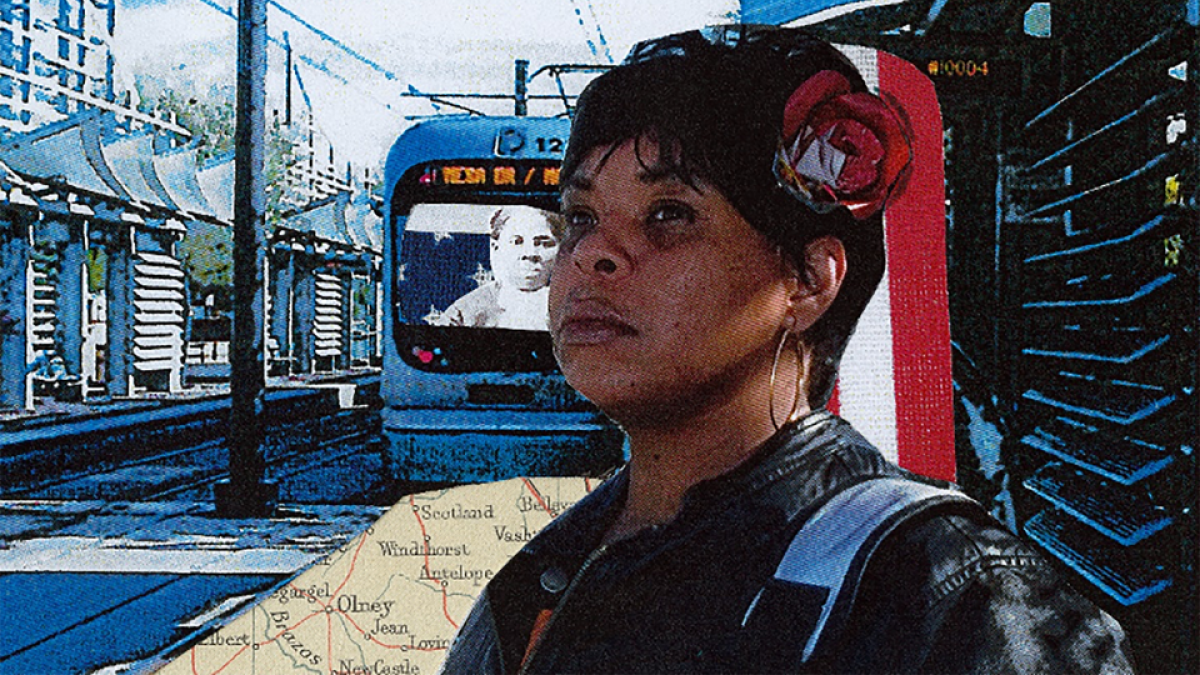When Americans think of the Great Migration, that period of time from the early 1900s through the 1970s when 6 million African Americans moved from the southern U.S. to other parts of the country in search of opportunity, most think of the growth of cities like Detroit, Chicago and Philadelphia, where a boom in industrial jobs led to a roughly 40% increase in the African American populations there.
What many either don’t know or neglect to include in that story is that several other places were a part of that migration, including the American Southwest, and Arizona in particular.
This spring, Arizona State University's Virginia G. Piper Center for Creative Writing has partnered with Heritage Square Foundation and Emancipation Arts LLC to assist in their ongoing efforts to correct that historical oversight by assembling a collection of personal essays by Black Arizonans to be titled “Indiscernibles in Arizona” to tell the stories of where they came from and how they have endured and thrived in the state.
The project is being funded by a grant from Arizona Humanities. Deadline for submissions is Monday, Feb. 15, with the resulting anthology planned for a summer release.
“I think it’s important to have a critical conversation about where the Black community is in Phoenix – geographically, but also where they have been emotionally and where they are going,” said Jacob Friedman, senior coordinator for Piper Center. “And I think particularly as a university, we have a really important role to play in sort of creating space for those conversations. But also making sure we’re not the ones who are speaking for them.”
The essay collection is an extension of Heritage Square Foundation’s “The Great Migration” exhibit, which is curated by Emancipation Arts’ Creative Director Clottee Hammons.
“’The Great Migration: Indiscernibles in Arizona’ is a multidisciplinary project that incorporates the visual arts, music performances, oral history and more,” Hammons said. “I like to think of it as a very holistic type of project that focuses on the narrative of how Blacks came to Arizona and why we stay. Because we’ve been excluded, and I believe very pointedly, from that historical narrative.”
Hammons is a second-generation Arizonan, having grown in up the segregated downtown Phoenix area as the granddaughter of a 10th Cavalry Buffalo Soldier. She identifies as an artist, writer, poet, activist, educator and prevention specialist, with a special calling to community building. Several years ago, she founded Emancipation Arts in order to honor the Black community’s enslaved African ancestors and raise the profile of Black artists in Arizona in general, and in the greater Phoenix metro area in particular.
“We have no support system here whatsoever,” she said. “So many wonderful artists are either not included or just don’t get the opportunities that other artists get.”
She hopes “Indiscernibles in Arizona” will provide some opportunity in that respect.
“I hope folks get the satisfaction of writing something that other people and other generations will read and that will be a part of a larger dialogue,” Hammons said.
And even the essays that don’t get published in the anthology will be shared. Hammons plans to have them read by participants of this June’s Emancipation Marathon, an annual literary event that has honored African prisoners of American chattel slavery through storytelling for 25 years.
Friedman acknowledged that although partnering with Heritage Square Foundation and Emancipation Arts on the essay collection is a step in the right direction, “there is still a lot of work to be done.”
“There are so many communities in Arizona whose histories are not present in the daily landscape of the city,” he said. “We have to continue to assert the importance of them and prioritize the distribution of programming resources to address that.”
Top photo: Detail of "We Came From Somewhere … We Going Somewhere" by C. A. Hammons, mixed media collage on paper. Provided courtesy of the artist.
More Arts, humanities and education

Veteran fast-tracks degrees through ASU, Uber partnership
Christopher Bordas is proof that with hard work and determination, anything is possible.At 45, the South Florida resident is graduating with his bachelor’s degree in public service and public…

A humanities link from Harvard to ASU
Jeffrey Wilson didn’t specifically seek out Arizona State University professors when it came to filling out the advisory board for his new journal Public Humanities.“It just turns out that the type…

The Design School wins award for impactful design education
Luis Angarita, program head for The Design School’s industrial design program, attended the inaugural Don Norman Design Summit in San Diego to accept the Don Norman Design Award, which honors…
